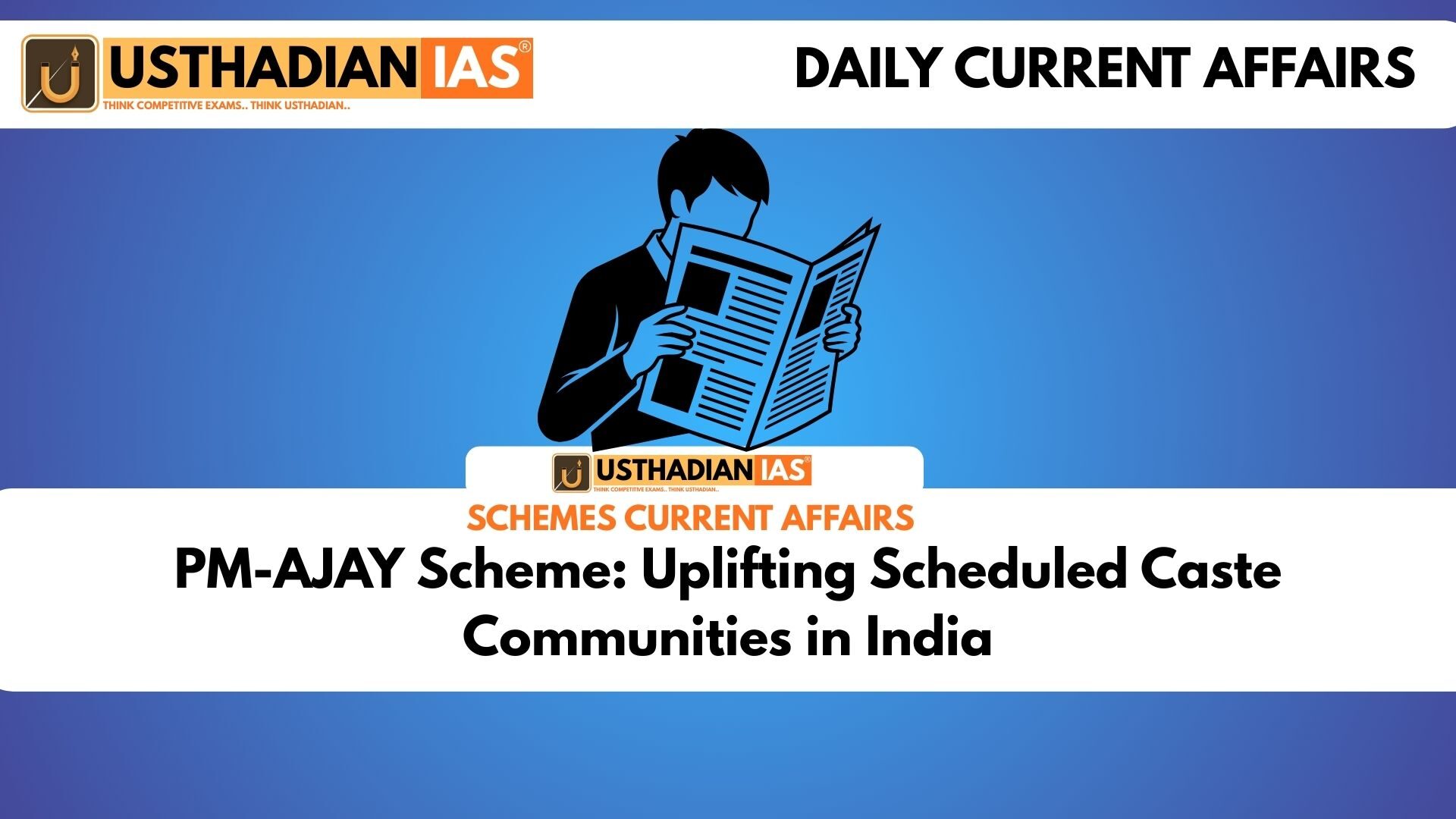Aiming for Equality Through Empowerment
PM-AJAY Scheme: Uplifting Scheduled Caste Communities in India: In a bid to bridge social gaps and improve the lives of Scheduled Caste (SC) communities across the nation, the Government of India has launched the Pradhan Mantri Anusuchit Jaati Abhyuday Yojana (PM-AJAY). This transformative scheme is designed to reduce poverty, generate employment, and increase access to quality education and livelihood opportunities for SC populations, especially in aspirational districts.
What PM-AJAY Really Targets
At its heart, PM-AJAY focuses on empowering SC communities through development. The aim is to tackle intergenerational poverty, not just through handouts but by building skills, boosting education, and supporting sustainable income sources. It’s a move from dependency to dignity—helping people build a better life with the right tools and support.
Three Pillars of PM-AJAY
This scheme isn’t a one-size-fits-all solution. It works through three core components:
Adarsh Gram Development: Villages with a majority SC population are selected and developed into model villages. These ‘Adarsh Grams’ focus on 10 key areas like housing, sanitation, healthcare, education, clean drinking water, and digital access. For example, a remote village in Bihar may receive better roads, a local health center, and improved schools under this model.
Grants-in-Aid: This supports projects at the state and district level to uplift SC communities through livelihood and skilling programs. The focus is on economic self-reliance—such as setting up tailoring units, agri-business models, or digital learning centers for youth.
Hostel Construction: Education remains a major barrier for many SC students. To solve this, PM-AJAY funds the construction of hostels, particularly near schools and colleges. This aims to reduce dropout rates, especially among girls and children from remote areas.
Where We Stand: Achievements So Far
By the end of FY 2023–24, the scheme had marked visible progress. Around 1,834 villages have been selected as Adarsh Grams. 17 states have begun implementing major livelihood initiatives under the grants-in-aid component. Moreover, 15 new hostels have been approved, reflecting a strong push toward improving SC access to education.
Collaborative Approach to Success
The scheme’s success depends on strong partnerships. The central advisory committee recently met to evaluate progress and plan the next steps. The message was clear: involve communities, use local data, and keep monitoring development indicators. By strengthening district-level cooperation, the government hopes to deliver quicker and more targeted results.
What Lies Ahead for PM-AJAY
Looking forward, the government is planning to scale up funding, enhance infrastructure, and provide more vocational training programs under PM-AJAY. The goal is simple but powerful—inclusive growth where no community is left behind. Whether it’s a child in a small village in Odisha or a young entrepreneur in Madhya Pradesh, the scheme wants to open doors for a better future.
STATIC GK SNAPSHOT
| Topic | Details |
| Scheme Name | Pradhan Mantri Anusuchit Jaati Abhyuday Yojana |
| Launched By | Ministry of Social Justice and Empowerment |
| Key Focus | SC Poverty Reduction, Education, Livelihood |
| Villages Covered (2023–24) | 1,834 Adarsh Grams |
| Hostel Projects Approved | 15 |
| States Implementing Grants | 17 |
| Key Components | Adarsh Gram, Grants-in-Aid, Hostel Construction |
| Target Groups | Scheduled Caste Communities |
| Associated Goal | Inclusive Growth and Social Upliftment |








